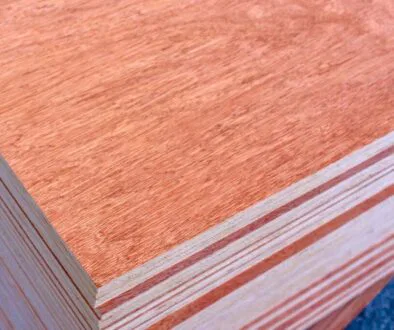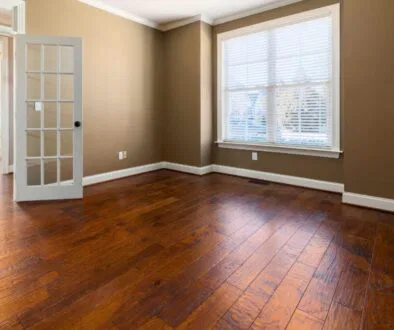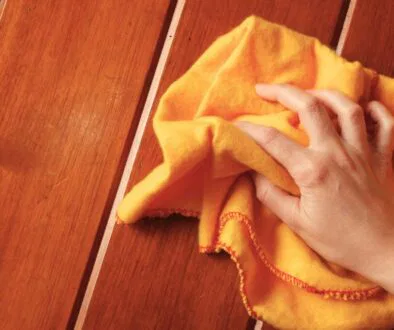Wood Putty vs. Wood Filler: Which Should You Use?
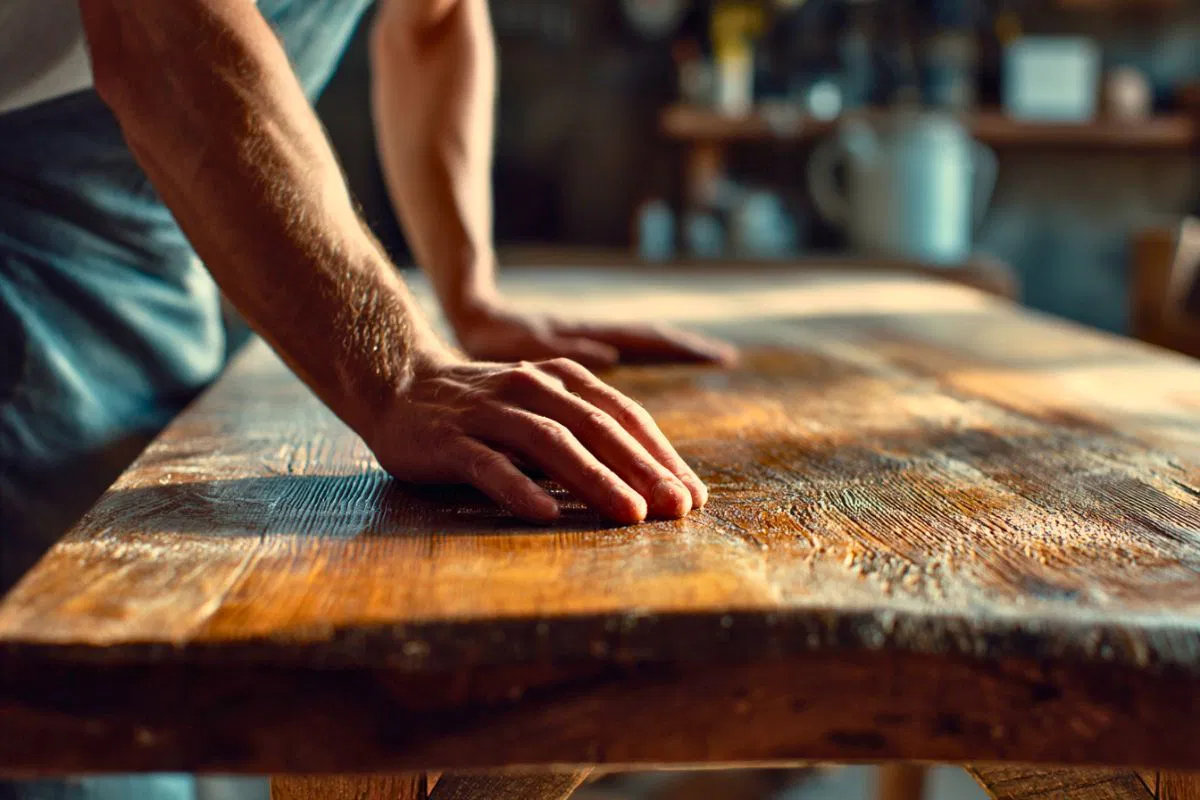
Published Oct 2, 2025
Got a damaged piece of wood? Whether it’s a gouge, crack, or hole, fixing it seems simple—until you’re faced with the age-old question: wood putty vs wood filler. They sound similar, but the wrong choice means poor finishes or temporary fixes. Knowing the difference ensures flawless, lasting results.
In this article, we’ll break down everything you need to know about the debate of wood putty vs wood filler. We’ll define each, explore its pros and cons, and pinpoint the exact scenarios where each product shines. By the end, you’ll know precisely which one to grab for your next woodworking project.
Understanding The Basics: What Are Wood Filler And Wood Putty?
While often confused, these two products have different compositions and purposes. One is meant to repair raw wood, while the other is used for finishing touches.
What Is Wood Filler?
Wood filler is used on bare wood before sanding and finishing. Made of wood fibers or sawdust in a binder, wood filler hardens after curing—enabling sanding, shaping, drilling, and staining or painting, so it blends into the surrounding unfinished wood.
What Is Wood Putty?
Wood putty is a pliable, non-hardening compound, usually plastic- or oil-based. Unlike wood filler, it stays flexible and is specifically made for touching up minor flaws—like nail holes or scratches—on already finished wood surfaces. Wood putty cannot be sanded, stained, or painted, so it must be color-matched before use.
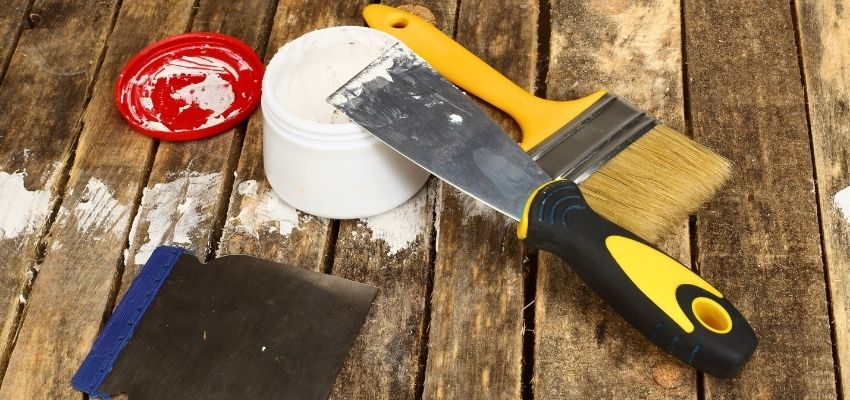
Common Misconceptions And Overlaps
- People sometimes use “putty” and “filler” as if they mean the same thing, but these products are not interchangeable—wood filler repairs raw wood, while wood putty corrects flaws on finished surfaces.
- Some products blur the line (e.g., flexible fillers or hard putties), so always read the label.
- Related products like grain fillers (or paste wood fillers) are different again—they’re used to fill pores in open-grain woods like oak for an ultra-smooth finish.
Wood Filler Vs Wood Putty: Pros, Cons, And Key Differences
Let’s break down the specific pros and cons of each product to help you make an informed decision.
Wood Filler: Advantages
- Hardens into a sandable, drillable surface
- Stainable/paintable to match the surrounding wood
- Fills larger cracks and holes, restoring some structural strength
- Quick-curing options speed up your work.
Wood Filler: Limitations
- Can shrink or crack as wood moves
- Not recommended on finished wood (would require refinishing)
- Stain mismatch can leave visible patches.
Wood Putty: Advantages
- Flexible—it moves with the wood.
- Perfect for finished wood repairs (trim, furniture, baseboards)
- Available in pre-mixed colors for easy blending
- Easy to apply—press in and wipe off excess.
Wood Putty: Limitations
- Remains soft—can’t be sanded or shaped.
- Not stainable—color must match before applying.
- May stay tacky longer than fillers
Wood Putty Vs Wood Filler: Key Differences At A Glance
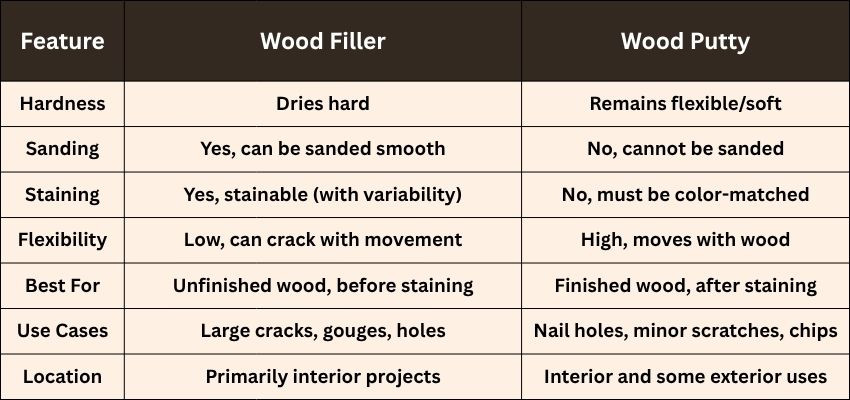
When To Use Wood Putty Vs Filler
Your choice depends on the wood’s condition and the type of repair needed.
Best Uses For Wood Filler
- Raw or unfinished wood projects
- Repairs that require sanding or shaping
- Interior projects with minimal wood movement
Best Uses For Wood Putty
- Cosmetic touch-ups on stained or painted wood
- Covering nail holes, scratches, or dings on trim and furniture
- Repairs in areas with fluctuating humidity or movement
Hybrid Or Special Situations
- Exterior repairs: Use a two-part epoxy filler or exterior-rated putty/filler for durability
- Large gaps: Insert a wood patch or plug, then blend with filler.
- Reclaimed wood: Often comes with natural imperfections—nail holes, checks, or age-related cracks. Pairing the right filler or putty with quality reclaimed timber from Vintage & Specialty Wood can enhance both durability and aesthetics.
- Color matching: For closer matches, mix fine sawdust from your project into filler, or choose pre-tinted putty.
How To Choose And Apply (Best Practices)
Selecting the right product and applying it properly is essential for achieving a professional-quality repair.
Selecting The Right Product
- Check the label for interior vs. exterior use, flexibility, and sustainability.
- Use filler for raw wood, use putty for finished surfaces.
- Always test stainable fillers on scrap wood before applying to your project.
Step-By-Step Application Tips
- Prep the surface—clean, dry, and lightly sand the surface.
- Apply—press filler or putty firmly into the defect. Overfill slightly with filler (to allow sanding); apply putty flush with the surface.
- Cure and finish—sand filler smooth after drying; for putty, simply wipe away the excess and let it set
Common Mistakes To Avoid
- Using putty on raw wood (blocks stain penetration)
- Underfilling with filler (leaves divots after sanding)
- Ignoring wood movement—rigid fillers may crack on shifting wood.
Frequently Asked Questions
Will wood filler shrink or crack over time?
Yes, especially if wood expands/contracts. For high-movement areas, consider epoxy or flexible fillers.
Can I stain over wood putty or wood filler?
Most fillers can be stained, but results may vary. Putty cannot be stained—choose a pre-matched color.
Which is better for exterior wood repairs?
Epoxy-based fillers or exterior-rated products are the most durable. Always look for a product specifically labeled for “exterior use.”
How long does wood putty / filler take to cure?
Water-based fillers may dry in 15–30 minutes; solvent-based types take longer. Putty doesn’t fully harden, but will lose tackiness after hours or days.
Can I mix my own filler?
Yes—mix sawdust with wood glue for small gaps. For larger repairs, commercial fillers offer more strength and consistency.

Making The Right Choice In The Wood Putty Vs Wood Filler Debate
Understanding the difference in the wood putty vs wood filler debate is key: filler is for projects, and putty is for finishes. Use wood filler to fix imperfections in raw wood before sanding, staining, or painting. Use wood putty to conceal minor issues, like nail holes, on an already finished surface. Selecting the correct product ensures your repairs are both durable and seamless.
Looking to go beyond basic repairs? If you love the timeless character of reclaimed or specialty wood, explore the unique collections at Vintage & Specialty Wood. From barn wood to antique beams, their timber adds warmth and authenticity to any project—choosing the right wood putty or filler ensures a lasting finish.
Hire The Timber Experts For Your Next Project
Vintage & Specialty Wood should be your source of the highest quality timbers from around the world. When it comes to fabricating and installing reclaimed wood or specialty wood products in your home, we don’t cut corners. We offer many reclaimed wood and specialty wood products such as Douglas Fir, white oak, and much more. We also offer timber framing and wood flooring services as well. Contact our team today to speak to a timber expert about what Vintage & Specialty Wood can do for you.

This Blog Is Fact Checked
This content has undergone meticulous fact-checking by our team of internal experts. Gain a deeper understanding of the high editorial standards we uphold on our website here.

About The Author
Experience, exploration, and knowledge are the hallmarks of writer Rei Bayucca. Her dedication to crafting articles that both inspire and educate will leave you thinking long after you’ve finished reading.

